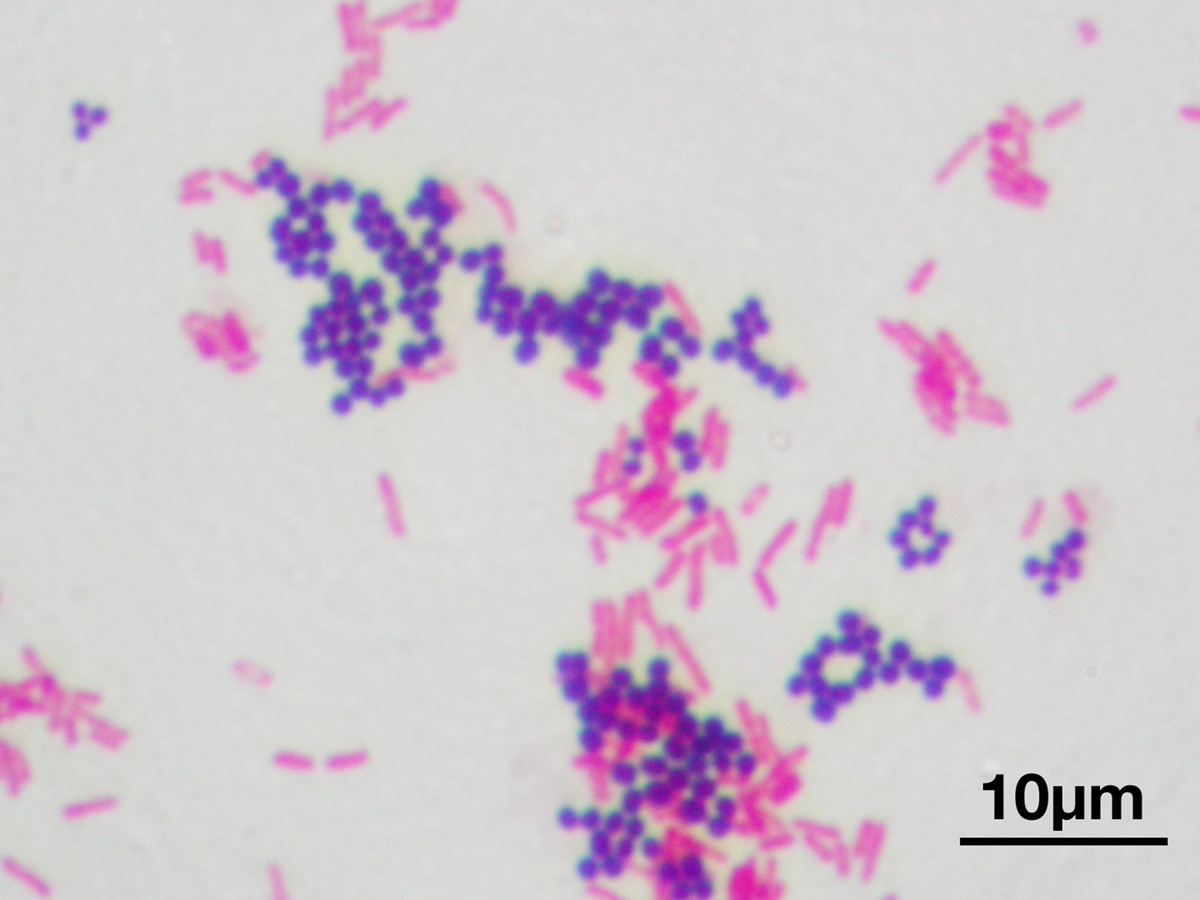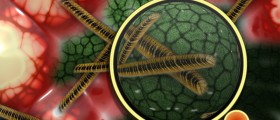
About Gram Negative Bacteria
Many Gram negative bacteria are harmful for the host, andeven more than 90% of these bacteria are pathogenic (causing diseases). Some ofthe well-known gram negative bacteria are Escherichia coli, Helicobacterpylori, Salmonella, Pseudomonas, Legionella, Acetic Acid Bacteria andStenothrophomonas. Neisseria Gonorrhoeae and Neiseria Meningitidis, MoraxelaCatarrhalis, Hemophilus influenzae and Acinetobacter Baumanii also belong tothe group of Gram negative bacteria.
These Gram negative bacteria got the name due to the lack ofcoloring with the crystal violet dye (color). Gram positive bacteria are knownto become colored with this dye, while Gram negative bacteria cell wall remainsreddish or pink.
Cell wall of Gram negative bacteria is made of protein andlypopolysaccharide, over thin layers of peptidoglycan. Outer layer of the cellwall contains pore structures known as porins, and there is also someperi-plasmic space, located between peptidoglycan layers and cell membrane. TheseGram negative bacteria are also known to have flagella and rings. This structureof the cell wall is important, because it is responsible for the pyrogeniceffect and endotoxicity of Gram negative bacteria.
What Can Gram Negative Bacteria Cause
As already stated, these bacteria are potentially toxic. It meansthat the person infected with some of the bacteria can experience endotoxemia,if bacterial toxins enter the blood. It is very hard to stop harmful effects ofendotoxin once they enter the blood, and they can cause inflammation, harm oreven destroy some of the tissue in the human body. Also, medications can killGram negative bacteria, but the effects of endotoxin usually stay.
Our immune system can fight against bacterial toxins, ifthere is some small amount in the blood. But, if it’s not the case and there isa high concentration of endotoxin, it can cause severe effects and become a lifethreatening condition. This situation is called endotoxic shock. Patientssuffering from it usually experience mild fever at first, but then the symptomsmight progress and cause: lack of hunger, low pulse pressure, cold ears and feet.Diarrhea and dehydration can also be present in the shock, as well as thesudden increase and decrease of body's temperature and even mild cases of mentaland physical depression.
Treatment Options
You should be aware that many common antibiotics won’t workagainst Gram negative bacteria. They are also found to be protected against variouschemicals and detergents, because of the structure of their cell wall. So, bevery careful when suffering from infection caused by Gram negative bacteria.always make sure to follow the treatment recommended by your doctor and use antibioticmedications exactly as they were prescribed to you.

















Your thoughts on this
Loading...